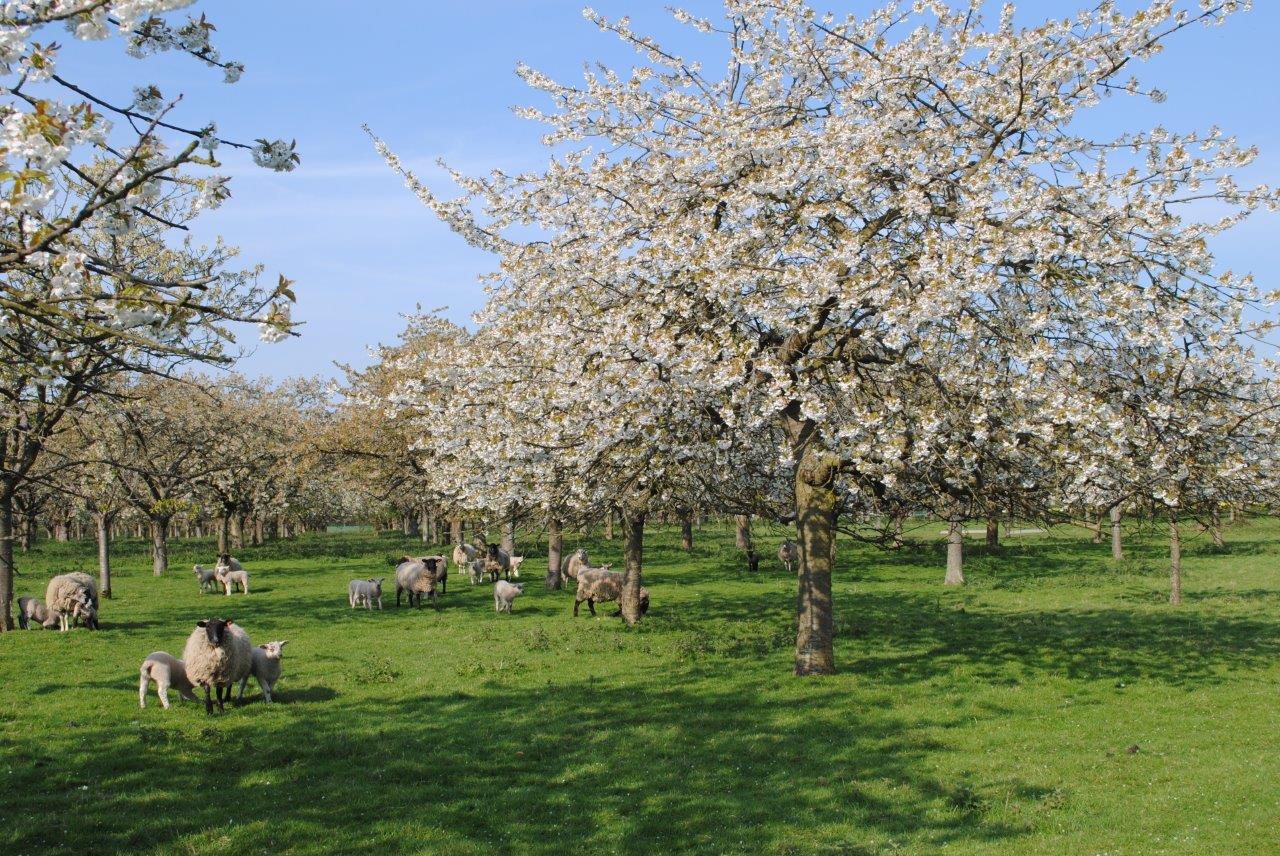Biodiversity-rich habitats
The unique landscapes of the Kent Downs create and contain a rich and distinctive biodiversity providing a home to many plants and wildlife including several species that are largely or wholly confined to the Kent Downs.
Habitats found in the Kent Downs include chalk grassland, woodlands ( ancient woodland, veteran trees and wood pasture), traditional orchards and cobnut plats, chalk cliffs and the foreshore, chalk rivers and wet pasture, ponds and heathland.
Many of these habitats have become isolated making them vulnerable and some of the plants and wildlife found in the Kent Downs are scarce within Kent and across the UK so looking after them in the right way is crucial. Farmers, landowners and conservation organisations are working to connect habitats and provide ‘ecological corridors’ for wildlife to travel between.
Nature conservation sites
The most important nature conservation sites in the Kent Downs are legally protected and managed primarily for their biodiversity value. There are 38 Sites of Special Scientific Interest (SSSIs) in the Kent Downs National Landscape. Of these the following sites are of international importance and are protected under the European Union’s Habitats Directive as Special Areas of Conservation (SAC):
- Folkestone to Etchinghill Escarpment
- Wye and Crundale Downs, National Nature Reserve
- Queendown Warren, Local Nature Reserve
- Lydden and Temple Ewell, National Nature Reserve (on the National Landscape boundary)
- Park Gate Down
- Dover to Kingsdown Cliffs (the only SAC for the maritime chalk cliff features in the country)
- North Downs woodlands – the scarp slopes of the Medway Valley are designated for internationally important beech-yew woodland communities.

